To Flush or NOT to Flush
When I begin flushing, I feed my plants a delicate mixture of molasses with an EC (Electrical Conductivity) between 0.4 and 1.0 and a pH level of 5.6 to 5.8.
This not only triggers the process of senescence—where the plant starts breaking down chlorophyll and preparing for its final phase of life—but it also feeds the plant with natural carbohydrates and electrolytes.
Over time, I’ve noticed a remarkable difference in the resin content, stickiness, aroma, and flavor of my harvest. It’s like fine-tuning a masterpiece, enhancing its most subtle, complex notes.
Today, science offers mixed perspectives on flushing. Some studies show that cannabinoid and terpene levels don’t change after flushing, and yet, thousands of cultivators worldwide—myself included—have consistently noticed qualitative improvements in their product.
We may not see a measurable difference in cannabinoid content, but there’s no denying the experience. The smoke is smoother, the flavors richer, and the aroma far more captivating.
Still, there are those who dismiss flushing as outdated or unnecessary, insisting that the science doesn’t back it up. But when did qualitative science stop being a part of the equation? We might not have hard data for every observation, but I trust my hands, my eyes, and my nose.
So, to flush or not to flush?
Do you flush your crops? If yes, or no—why?

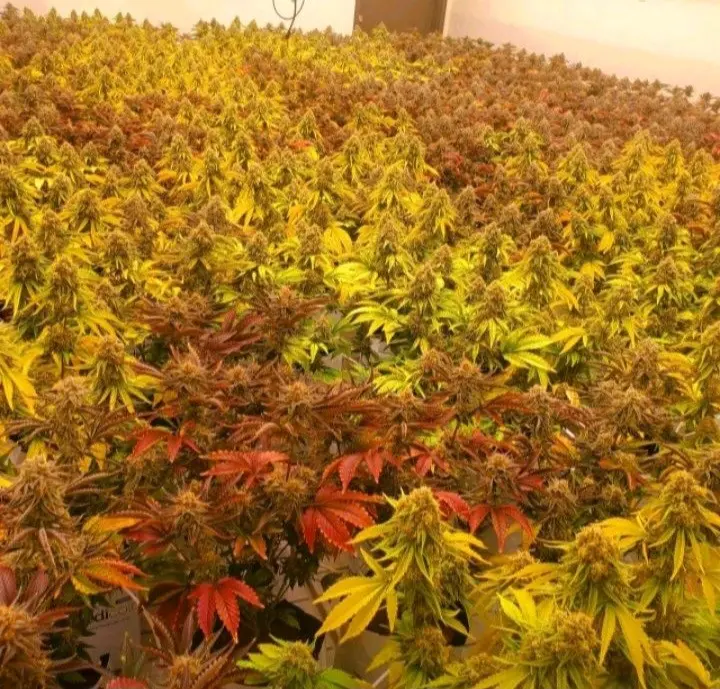

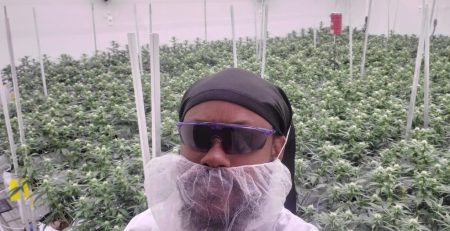

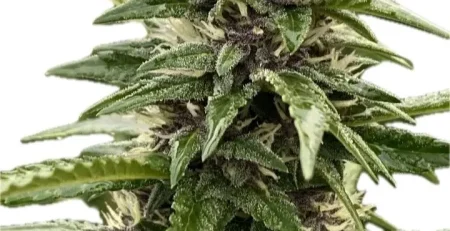

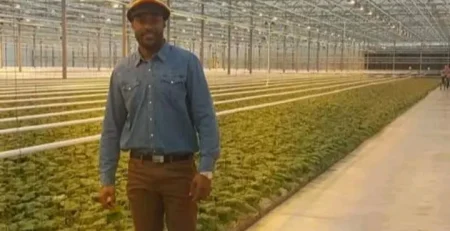

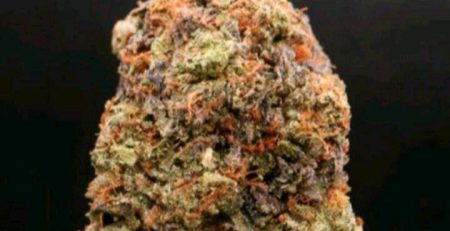


Leave a Reply